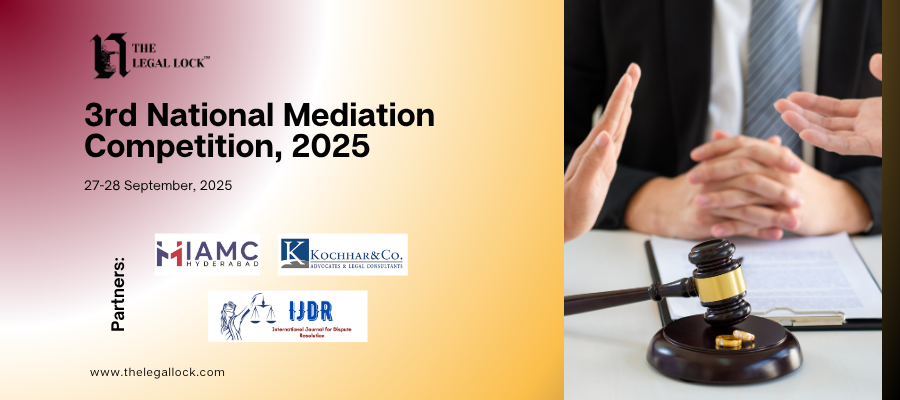Sale of Immovable Property

Introduction: Sale of Immovable Property
Sale, particularly concerning immovable property under the Transfer of Property Act, 1882, entails various legal nuances essential for seamless property transactions. Let’s delve into each point with precision and elaboration, incorporating relevant keywords throughout.
Interpretation Clause (Section 3):
- Immovable Property: This term, excluding standing timber, growing crops, or grass, encompasses land, buildings, and permanent fixtures attached to the land. Understanding this definition is crucial for delineating what constitutes immovable property under the law. It ensures clarity in identifying assets subject to property transactions and legal rights and liabilities associated with them.
- Instrument: Referring to a non-testamentary written document, such as contracts, deeds, or leases, this term underscores the importance of formal documentation in property transactions. Clarity and legality in written agreements ensure enforceability and protection of rights. Instruments serve as tangible evidence of property transactions, facilitating dispute resolution and legal recourse if necessary.
- Registered: Implies the formal recording of legal documents in a register maintained by relevant authorities. Registration provides authenticity, validity, and public notice of property transactions, safeguarding against disputes and fraudulent claims. It establishes a clear chain of ownership and ensures transparency in property dealings, enhancing trust and confidence among stakeholders.
- Attached: Describes the physical union of two otherwise independent structures or objects. Understanding attachment is vital for determining the legal status of fixtures and improvements on the property, impacting ownership rights and liabilities. Attachment determines the classification of assets as immovable property, ensuring consistency and clarity in property transactions and legal interpretations.
Transfer of Property (Section 5):
This section elucidates the broad concept of property transfer, encompassing various modes such as sale, exchange, gift, adverse possession, or court decree. It emphasizes the dynamic nature of property rights and the diverse mechanisms through which ownership can be transferred or acquired. Understanding the scope of property transfer facilitates informed decision-making and effective estate planning, ensuring the orderly transfer of assets and wealth.
Sale of Immovable Property (Section 54):
Defined as the exchange of ownership for monetary consideration, the sale represents a definitive transfer of all rights in the property sold. This includes tangible assets like land and buildings, as well as intangible rights like easements or leasehold interests. Emphasizing monetary consideration underscores the commercial aspect of property transactions and ensures fairness and enforceability. Sale serves as a cornerstone of real estate transactions, facilitating economic growth, investment, and development in the property market.
Essentials of a Sale:
- Parties: Involving at least two parties—the seller (transferor/vendor) and buyer (transferee/vendee)—this aspect underscores the contractual relationship and mutual consent essential for a valid sale. Both parties must possess legal capacity and competency to enter into a binding agreement. Identifying the parties ensures clarity in property transactions and accountability for rights and obligations.
- Competency: Legal competency of the parties is paramount, ensuring that the seller holds valid ownership rights and the buyer is legally qualified to receive and possess the property. Factors such as age, mental capacity, and legal status are considered to ascertain competency. Compliance with legal requirements safeguards against disputes and challenges to the validity of the transaction, promoting confidence and trust in property dealings.
- Subject-Matter: Sale pertains specifically to immovable property, including land, buildings, and attached fixtures. Understanding the scope of immovable property is crucial for delineating the rights, obligations, and legal implications associated with the transaction. Clarifying the subject matter ensures alignment with legal requirements and facilitates accurate documentation and registration of property transactions.
- Money Consideration: The consideration exchanged in a sale transaction typically involves monetary payment, signifying the price paid or promised by the buyer in exchange for ownership rights conveyed by the seller. Monetary consideration ensures the enforceability and commercial validity of the transaction. It establishes the value of the property and serves as a basis for determining the legality and fairness of the transaction, promoting transparency and accountability in property dealings.
- Conveyance: Transfer of ownership in a sale can occur through delivery of possession or execution and registration of a sale deed. While delivery of possession signifies immediate transfer, registration of the sale deed provides legal recognition and authenticity, ensuring transparency and legality in property transactions. Conveyance mechanisms ensure compliance with legal formalities and facilitate seamless transfer of property rights, mitigating risks and uncertainties associated with ownership disputes.
- Registration: A combined reading of section 8 and 54 of the Transfer of Property Act, 1882 suggests that through execution and registration of a sale deed, the ownership and all interests in the property pass to the transferee, yet that would be on terms and conditions embodied in the deed indicating the intention of the parties. The intention of the parties can be gathered from the averments in the sale deed itself or by other attending circumstances. Registration is the prima facie proof of the intention of the seller that he wanted to transfer the ownership on the date of the execution. Where the sale is to be completed only by the registered instrument, the ownership is deemed to pass on the
Conclusion:
Mastering the intricacies of the sale of immovable property is indispensable for navigating property transactions effectively and legally. By comprehensively understanding the interpretation clauses, modes of transfer, essentials of sale, and legal requirements, stakeholders can ensure transparent, enforceable, and mutually beneficial property transactions.
Read More:
- Understanding Copyright Term Durations in India
- Breach of the Contract- Legal Remedy
- Rioting: An Insightful Examination of Indian Penal Code (IPC) Offences
FAQs: Sale and Contract for Sale under Transfer of Property Act 1882
1. What is the difference between a sale and a contract for sale?
Ans: A sale is the actual transfer of property ownership, while a contract for sale is an agreement to sell property in the future.
2. Who are the parties involved in the sale of property?
Ans: The parties involved are the seller (vendor) who owns the property and the buyer (vendee) who purchases it.
3. Why is registration important in property sales?
Ans: Registration ensures the legality and validity of the sale, providing evidence of ownership transfer and protecting the rights of both parties.
4. What are the essentials of a valid sale?
Ans: The essentials include competent parties, a lawful object, an agreement on price, and transfer of ownership through delivery or registration.
If You Are A Law Student: CLICK HERE








